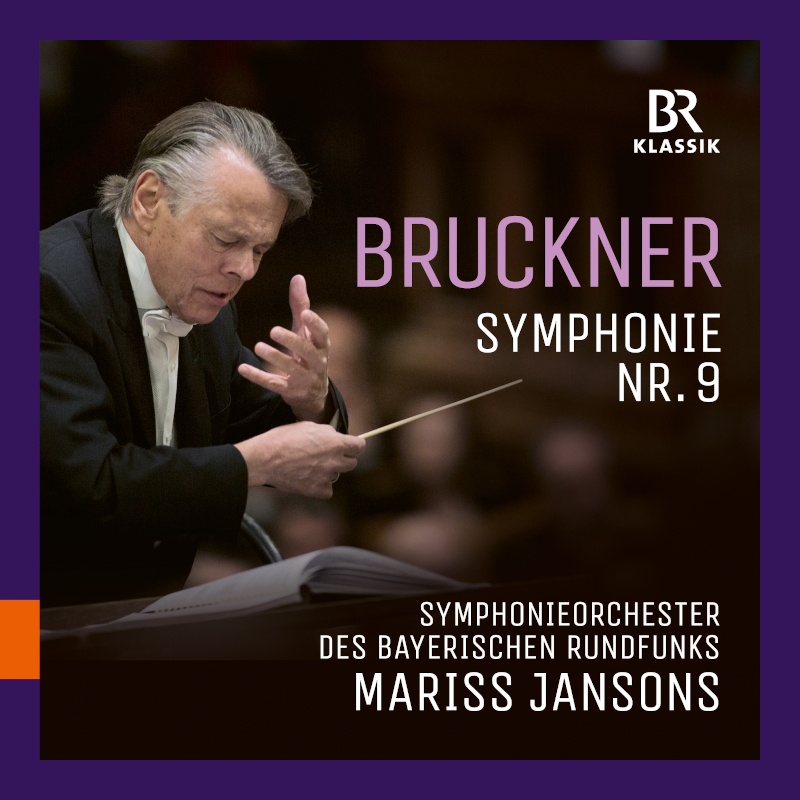
Anton Bruckner – Symphony No. 9 D Minor

Mariss Jansons and the Symphonieorchester des Bayerischen Rundfunks presented the original version of the three completed movements of Bruckner’s Symphony No. 9 in January 2014. The live recording of that Munich concert is released on CD.
Order online now“It seems that the Ninth is a limit. He who wants to go beyond it must pass away. […] Those who have written a Ninth stood too close to the hereafter.” Arnold Schoenberg wrote those words in reference to Gustav Mahler, who had just died without ever having heard his own Ninth Symphony performed. Bruckner was apparently afraid of the fatal number as well: “I don’t want to start on my Ninth at all, I don’t dare”. However, very soon after the completion of his Eighth Symphony in September 1887, Bruckner started on his first drafts. Overall, work on the Ninth then dragged on over the long period from 1887 to 1896, having to be constantly interrupted because of the composer’s deteriorating health. Bruckner finally died while working on the fourth movement – and his masterpiece dedicated to “the beloved God” remained unfinished. Even without a finale, the three-movement torso that survives is, of course, extremely impressive.
The completed movements were first performed in Vienna on February 11, 1903, but the conductor, Ferdinand Löwe, had a very unusual version of his own that brought Bruckner’s orchestration close to the ideal Wagnerian sound, and he even altered some of the original harmonies. For a long time, Löwe’s version was regarded as Bruckner’s own work, and it was only when the original score was re-consulted that the first three movements were properly premiered, in Munich on April 2, 1932. The earliest sound recording was conducted by Siegmund von Hausegger with the Munich Philharmonic in April 1938. Ever since, Bruckner’s Ninth has been an essential part of the Late Romantic symphonic repertoire – in its original version with one of the numerous reconstructions of the final movement, or followed by Brucker’s “Te Deum” as a finale replacement.
In January 2014, Mariss Jansons and the Symphonieorchester des Bayerischen Rundfunks presented the original version of the three completed movements to the public in Munich at the Philharmonie in Gasteig. In its current position, the slow movement cuts a fine figure and helps the symphony reach a dignified conclusion. What could be more appealing than this swan song, swaying as it does between suffering and promise before fading away into a vision of peace and serenity? – The recording of that Munich concert has been released on CD by BR-KLASSIK. In its original version, the work is an exemplary interpretation of one of the most important compositions of the Late Romantic symphonic repertoire.
Symphonieorchester des Bayerischen Rundfunks
Mariss Jansons conductor
CD BR-KLASSIK 900173
Booklet: in English / in German
Total Time: 57:10
- Bruckner’s Ninth Symphony, dedicated to “the beloved God,” ranks as a powerful connecting link between Late Romanticism and the Modern age; even without a final movement, it remains an impressive masterpiece.
- Exciting live atmosphere of Munich concerts performed in January 2014, with the unique acoustics of the Philharmonie in Gasteig
- Performed by the Symphonieorchester des Bayerischen Rundfunks, conducted by proven Bruckner specialist Mariss Jansons